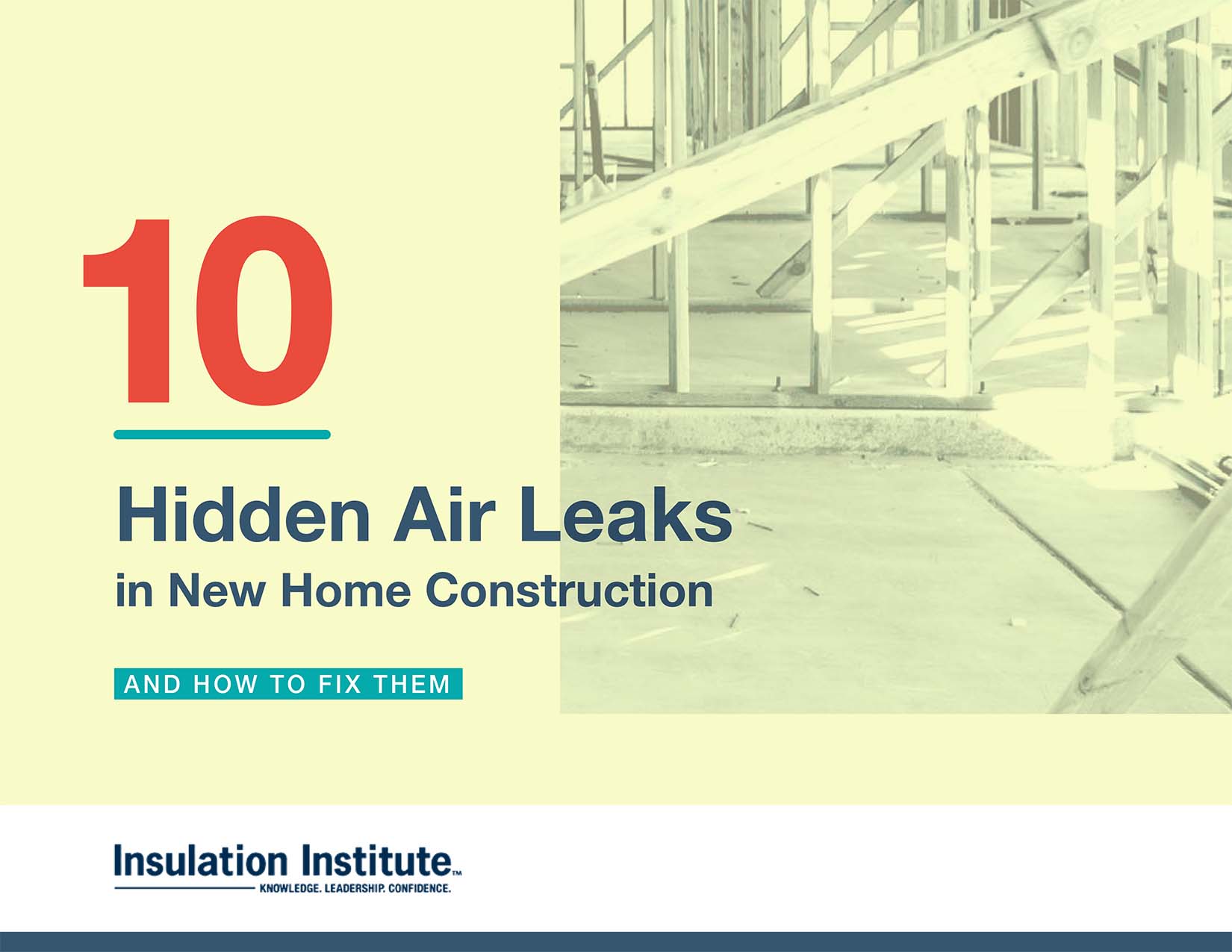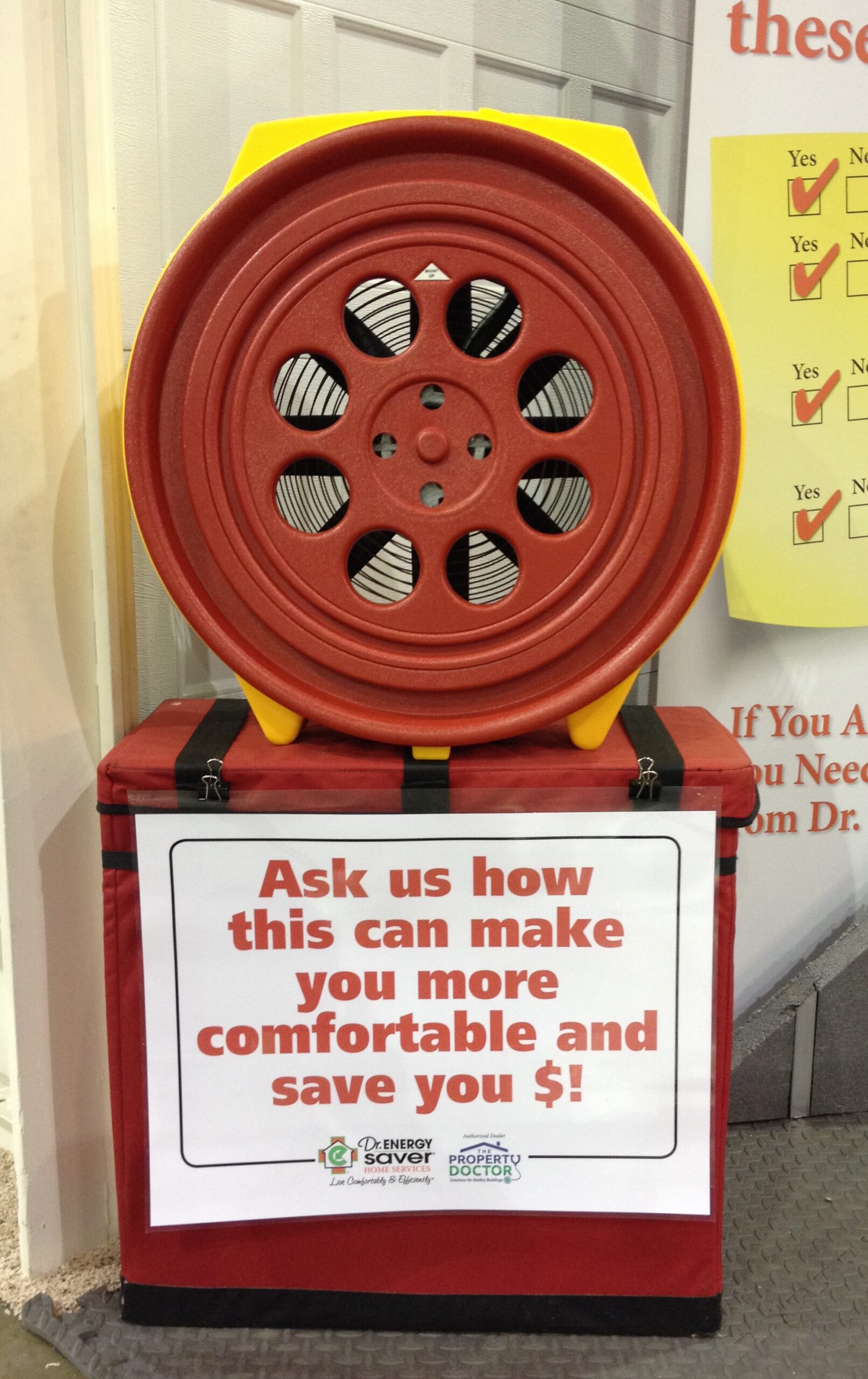The infectious disease and HVAC engineering communities have been grappling with the complexities of COVID-19 transmission for the past nine months. Increased HVAC fresh air has the potential to dilute and remove the aerosol droplet particles of COVID-19 that many experts believe is one of the main sources of transmission. Now the building science community is starting to contribute to the discussion. Insulation Institute talks this week with Paul Grahovac, LEED AP, about the ventilation solution to COVID-19.
Details »Insulation Institute Blog
Posts Categorized: Blower Door Test
New Data Shows Strong Appeal of HERS
10 Hidden Air Leaks in New Construction
Sealing common air leakage pathways is key to achieving a tight thermal envelope. Often, hidden holes in new construction homes can make achieving an airtight envelope very difficult. Knowing where these hidden holes tend to occur can help builders avoid a massive air leakage issue. Our 10 Hidden Air Leaks in New Construction Homes guide covers the most common areas where these holes occur and offers solutions to fix the holes during the construction process.
Details »4 Tips to Ace Your Blower Door Test
Thirty-six states currently use a version of the residential energy code equivalent to the 2009 IECC specification or lower. Many of these states will soon act to update their residential energy code to the more modern versions of the IECC, which include more stringent air leakage requirements measured by blower door testing. However, many builders will find it difficult to meet the 3 ACH 50, as required in CZs 3-8 starting in the 2012 IECC, unless they properly train their tradespeople in building science and the basics of blower door testing, according to Robert Nelson, managing principal of Ener G Home Performance Consultants.
Details »



